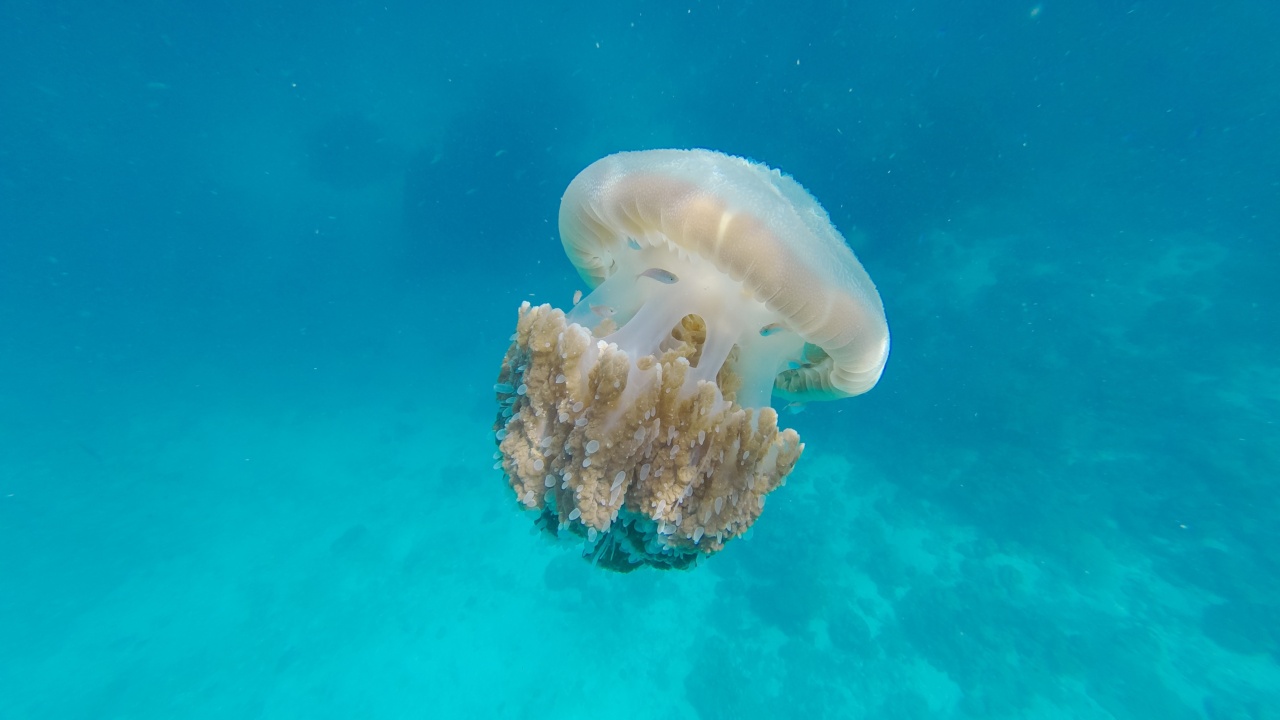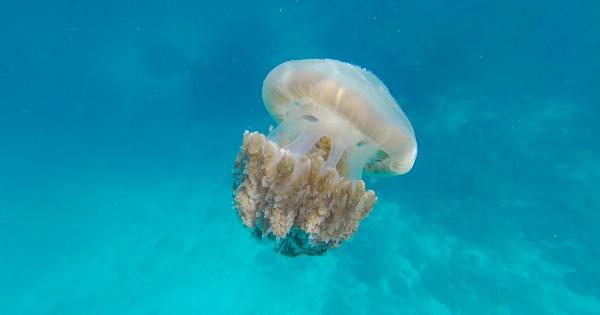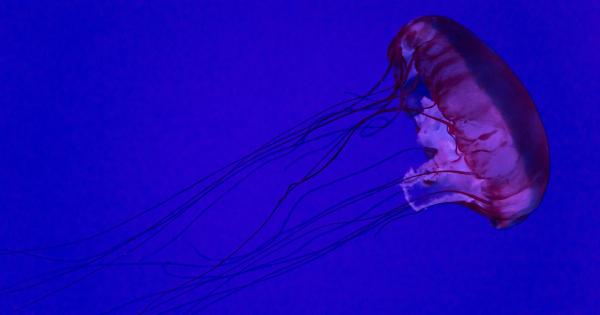Jellyfish stings can be a painful and potentially dangerous experience. These venomous creatures can cause a range of symptoms, from mild irritation to severe pain and even life-threatening conditions.
Knowing effective ways to treat a jellyfish sting is crucial to minimize discomfort and promote faster healing. In this article, we will explore various methods and remedies that can help alleviate the symptoms of a jellyfish sting and provide relief.
Understanding Jellyfish Stings
Before delving into the treatment options, it’s essential to have a basic understanding of jellyfish stings. Jellyfish tentacles contain tiny stinging cells called nematocysts that inject venom into the victim’s skin upon contact.
This venom can cause intense pain, redness, itching, swelling, and even blister formation.
Immediate Actions
When a jellyfish sting occurs, it’s important to take immediate actions to ensure proper treatment. Here are the steps you should follow:.
1. Remove Tentacles Safely
The first step is to remove any remaining tentacles on the skin. It’s crucial to do this without direct contact to avoid further venom injection. You can use a pair of tweezers or gloved hands to carefully lift off the tentacles.
Avoid using bare hands or scraping the tentacles off, as it may result in more venom release.
2. Rinse with Seawater
After removing the tentacles, rinse the affected area with seawater. Avoid using freshwater as it can trigger the release of more venom. The seawater will help cleanse the wound and minimize the risk of infection.
3. Hot Water Immersion
Immersing the affected area in hot water (approximately 110-113°F or 43-45°C) for at least 20 minutes has been found to be an effective treatment for jellyfish stings. Hot water helps neutralize the venom and provides relief from pain and itching.
Make sure the water temperature is bearable, and be cautious not to burn the skin.
Over-the-Counter Remedies
In addition to immediate actions, there are several over-the-counter remedies that can help alleviate the symptoms of a jellyfish sting. Here are some options:.
1. Vinegar
Applying vinegar to a jellyfish sting can help deactivate any remaining stinging cells that may still be active.
It’s important to note that vinegar should only be used for certain types of jellyfish stings, such as those from box jellyfish or Portuguese man-of-war. For other jellyfish stings, using vinegar may not be effective.
2. Lidocaine or Hydrocortisone Creams
Topical creams containing lidocaine or hydrocortisone can help provide temporary relief from pain and itching caused by jellyfish stings. These creams can be easily applied to the affected area, following the instructions provided on the packaging.
3. Oral Antihistamines
Taking over-the-counter oral antihistamines, such as cetirizine or diphenhydramine, can help reduce itching and inflammation caused by jellyfish stings.
Consult with a healthcare professional or pharmacist to determine the appropriate dosage and ensure they do not interfere with any other medications you may be taking.
Home Remedies
In addition to over-the-counter remedies, some home remedies can be effective in treating jellyfish stings. Here are a few options:.
1. Baking Soda Paste
Mixing baking soda with seawater to create a paste and applying it to the sting can help reduce pain and itching. Leave the paste on for several minutes before rinsing it off with seawater.
2. Meat Tenderizer
Some people find relief by creating a paste of meat tenderizer and water, and applying it to the sting. Meat tenderizer contains an enzyme called papain, which helps break down the proteins in the jellyfish venom.
3. Aloe Vera Gel
Aloe vera gel has soothing properties and can provide relief from the symptoms of a jellyfish sting. Apply a generous amount of pure aloe vera gel directly to the affected area to soothe the skin.
When to Seek Medical Attention
While most jellyfish stings can be treated effectively at home, some situations may require immediate medical attention. Seek medical help if:.
1. Severe Pain or Allergic Reactions
If you experience severe pain, difficulty breathing, chest tightness, or other signs of an allergic reaction after a jellyfish sting, it is important to seek immediate medical attention.
These symptoms could indicate a severe allergic reaction or a more dangerous jellyfish species.
2. Box Jellyfish or Portuguese Man-of-War Sting
If you are stung by a box jellyfish or Portuguese man-of-war, it is crucial to seek medical help immediately. These types of jellyfish stings can be extremely dangerous, potentially causing life-threatening complications.
Conclusion
Jellyfish stings are painful experiences that require prompt and appropriate treatment.
By following the immediate actions and using over-the-counter or home remedies, you can effectively alleviate the symptoms of a jellyfish sting and promote quicker healing. However, it’s important to seek medical attention in severe cases or when stung by particularly dangerous jellyfish species.
Remember to stay cautious while swimming in areas where jellyfish are known to inhabit, and if stung, prioritize your well-being by taking the necessary steps for treatment.





























